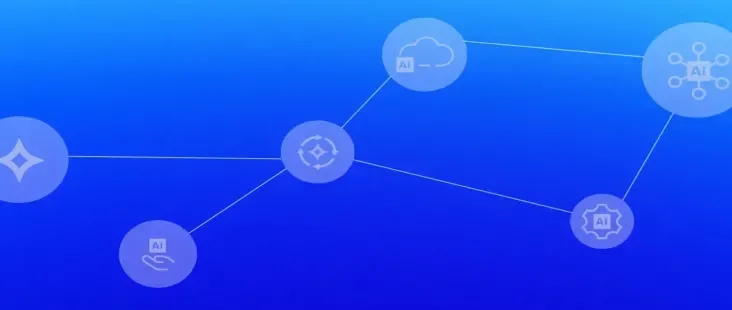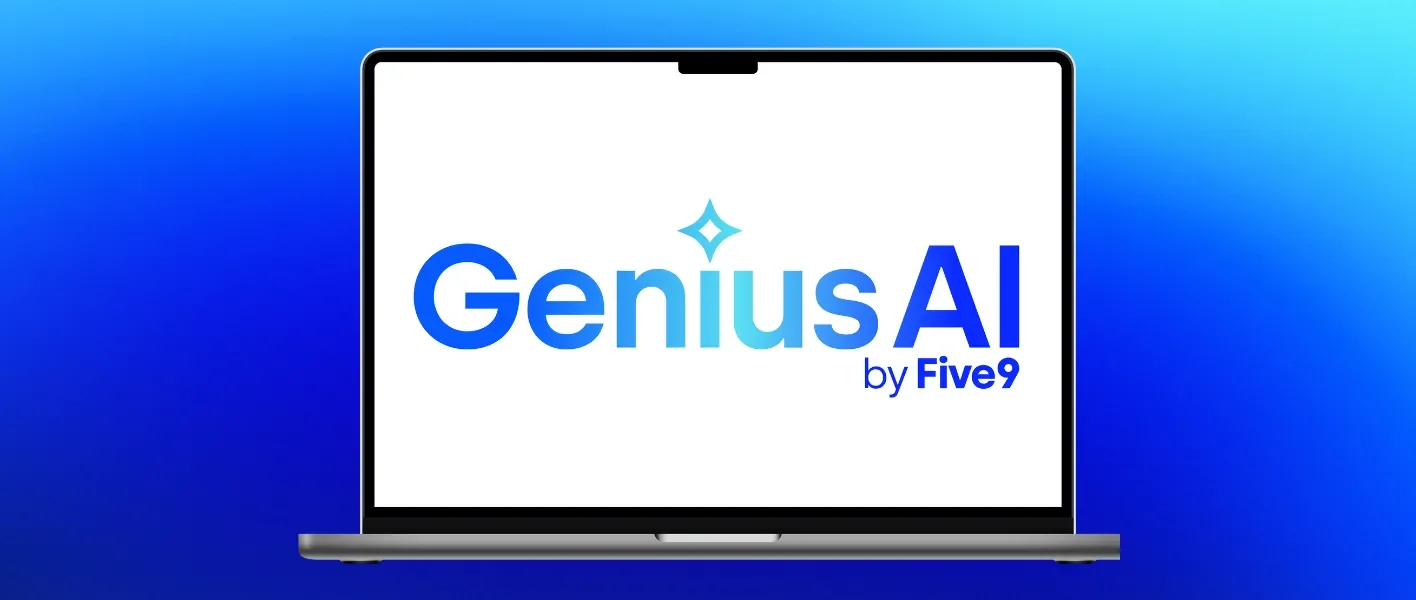
At Five9, We’re Excited about Agent Assistance!
This week marks a real milestone in the application of Artificial Intelligence (AI) to the modern contact center. On stage at Google Next, and on the show floor, Salesforce is showing off the three-way integration between Google’s Contact Center AI product, Five9, and Service Cloud.
What does it do? When a call comes into a contact center powered by Five9, an agent using Service Cloud can answer the call from service cloud using the Five9 integrated CRM adaptor. That part is not new. What is new – is that once the call has been answered, Five9 pipes the voice content of the call to Google, where it goes through real-time speech recognition and natural language processing. The customer’s speech is matched against a knowledge base, and the results are fed back to Salesforce Einstein. Einstein then suggests matching articles to the agent, and provides a live transcript of the call!
We believe this is an industry first – the first time ever that Google’s new contact center AI product has been integrated into CRM (Salesforce) via a contact center provider (Five9).
This integration is also exciting because it highlights a different dimension of AI in the contact center – agent assistance. When folks hear “AI” and “contact center” together they usually assume it means voice bots or chatbots – software that answers the call or chat in order to handle the customer inquiry without routing the interaction to an agent. Agent assistance is different. With agent assistance, the interaction is still routed to an agent, but the speech or text content of the interaction is analyzed in real-time using speech recognition and natural language processing, and based on that analysis, information and guidance is provided to the agent.
Agent assistance and bots are complementary of course – both can be used together. Both seek to achieve similar goals – to improve customer experience and reduce the amount of time required to handle a call. Bots achieve the latter through deflection, and agent assistance achieves it through greater agent efficiency. So – what are the considerations when deciding whether to use a bot or agent assistance? Typically, bots are good for repetitive tasks that consume agent time but require little skill and no human touch. Assistance is good for cases where you want a human touch, or the issue is more complex to resolve. Another consideration that is often overlooked – is what I call the cost of inaccuracy.
No AI system ever achieves 100% accuracy. Speech recognition today achieves accuracy rates in the 85-90% range for generalized recognition. Custom tuned recognizers can achieve higher – closer to 95%. Natural language processing accuracy varies tremendously based on the complexity of the intents that are to be matched. As a result, both bots and agent assistance technologies will make mistakes. What happens in those cases?
With a bot, the user will not be understood and will likely need to repeat their statement, or ask to be directed to a live agent. This can result in a negative customer experience. On the other hand, if the agent assistance technology makes a mistake, the agent gets provided with guidance which they simply ignore because it is not useful or accurate. The agent does not see any benefit of the assistance, and might waste some time looking at the false results. However, there is no impact to the customer experience. The negative impacts to the user and to the agent are the costs of inaccuracy.
This means contact center administrators need to carefully evaluate which use cases they use with bots, and which they use with assistance. Bots are ideal for cases where asking the customer to repeat something is not onerous. A great example is password reset requests – often a frequent use case for customers calling a contact center, and one that really does not require a live agent. If the customer needs to repeat their request, or confirm their email address a second time, this is not a huge burden. On the other hand, a complex multi-step process (such as a loan application) means that the cost of inaccuracy is higher. For such a use case, agent assistance might be better. With agent assistance, we never negatively impact the customer experience, which is critical for many use cases.
For this reason, and many others, at Five9 we are really excited about the opportunities around agent assistance. Our demo at Google Next with Salesforce is a huge step forward for the industry, and we are looking forward to putting this technology in the hands of customers soon.



